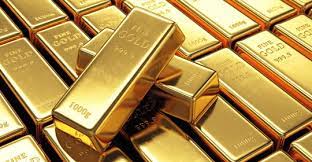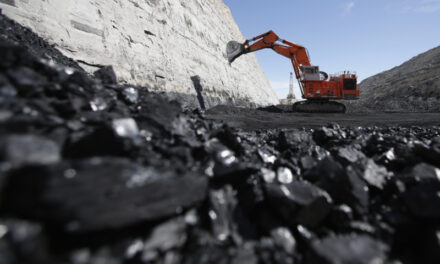Global gold demand grew 18 per cent annually to touch 4,741 tonnes in 2022, the highest since 2011, mainly driven by strong quarter four (October-December) demand and hefty central bank-buying, the World Gold Council (WGC) said in a report on Tuesday.
The total demand during 2021 was 4,012.8 tonnes, according to WGC’s annual ‘Gold Demand Trends’ report.
Annual central bank demand more than doubled to 1,136 tonnes in 2022, up from 450 tonnes in the previous year and to a new 55-year high.Purchases in the fourth quarter last year alone reached 417 tonnes, bringing the total for the second half of 2022 to more than 800 tonnes, the report stated.
Investment demand (excluding over the counter) in 2022 was up 10 per cent against the previous year, mainly due to a notable slowdown in exchange-traded fund (ETF) outflows and strong gold bar and coin demand.
Gold bars and coins continued to hold favour with investors in several countries, which helped to offset weakness in China.
Total European gold bar and coin investment for 2022 was over 300 tonnes, aided by persistently robust demand in Germany, there was also significant growth in the Middle East, where annual demand increased by 42 per cent year-on-year.
“Last year we saw the highest level of annual gold demand in over a decade, driven in part by colossal central bank demand for the safe haven asset. Gold’s diverse demand drivers played a balancing act as rising interest rates prompted some tactical ETF outflows, while elevated inflation spurred on gold bar and coin investment. In the end, overall investment demand was up 10 per cent on the previous year,” WGC Senior Markets Analyst Louise Street said.
Jewellery demand softened slightly in 2022, down 3 per cent at 2,086 tonnes, largely driven by the marked drop in Chinese annual jewellery demand, down 15 per cent, as consumer activity was curtailed by ongoing Covid-19 lockdowns for most of the year.
The gold price rally in the fourth quarter also contributed to the annual decline in jewellery demand.
Meanwhile, the report stated that the total annual supply in 2022 was up by 2 per cent at 4,755 tonnes and remained above the pre-pandemic levels.
In fact, the mine production increased to 3,612 tonnes a four-year high.
Street further said that in 2023, economic forecasts are pointing to a challenging environment and a likely global recession which could lead to a role reversal in gold investment trends.
If inflation comes down, this could be a headwind for gold bar and coin investment, she said, adding that conversely, continued weakening of the US dollar and the moderating pace of interest rate hikes could have positive implications for gold-backed ETF demand.
“We will likely see jewellery consumption remain resilient, bolstered by a release of pent-up demand as China re-opens, but possibly dragged down by the squeeze on consumer spending if there is a more severe downturn.
While there are several possible outcomes, gold has a precedent for performing well in turbulent economic times, highlighting its value as a long-term, strategic asset,” Street added.









